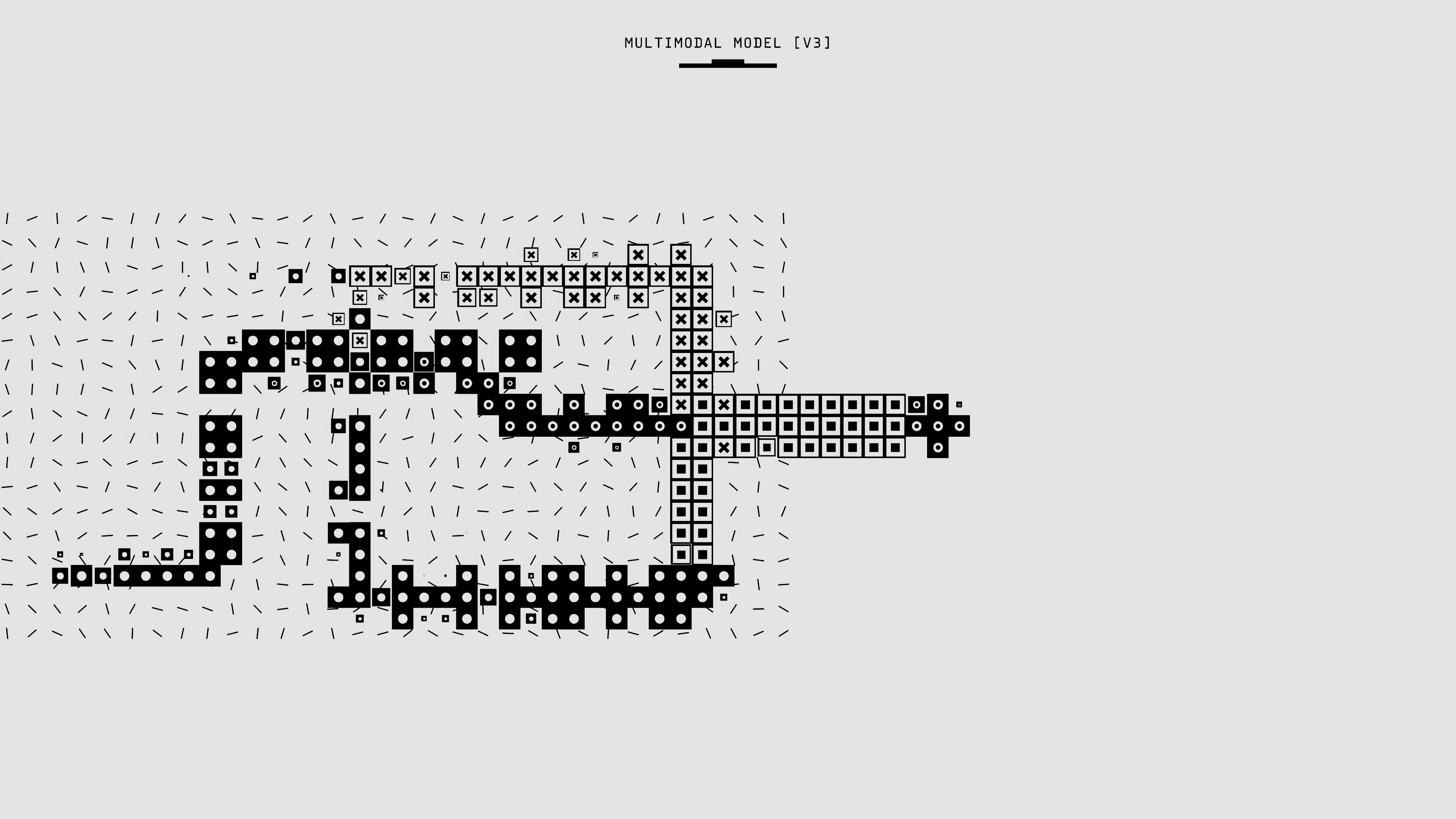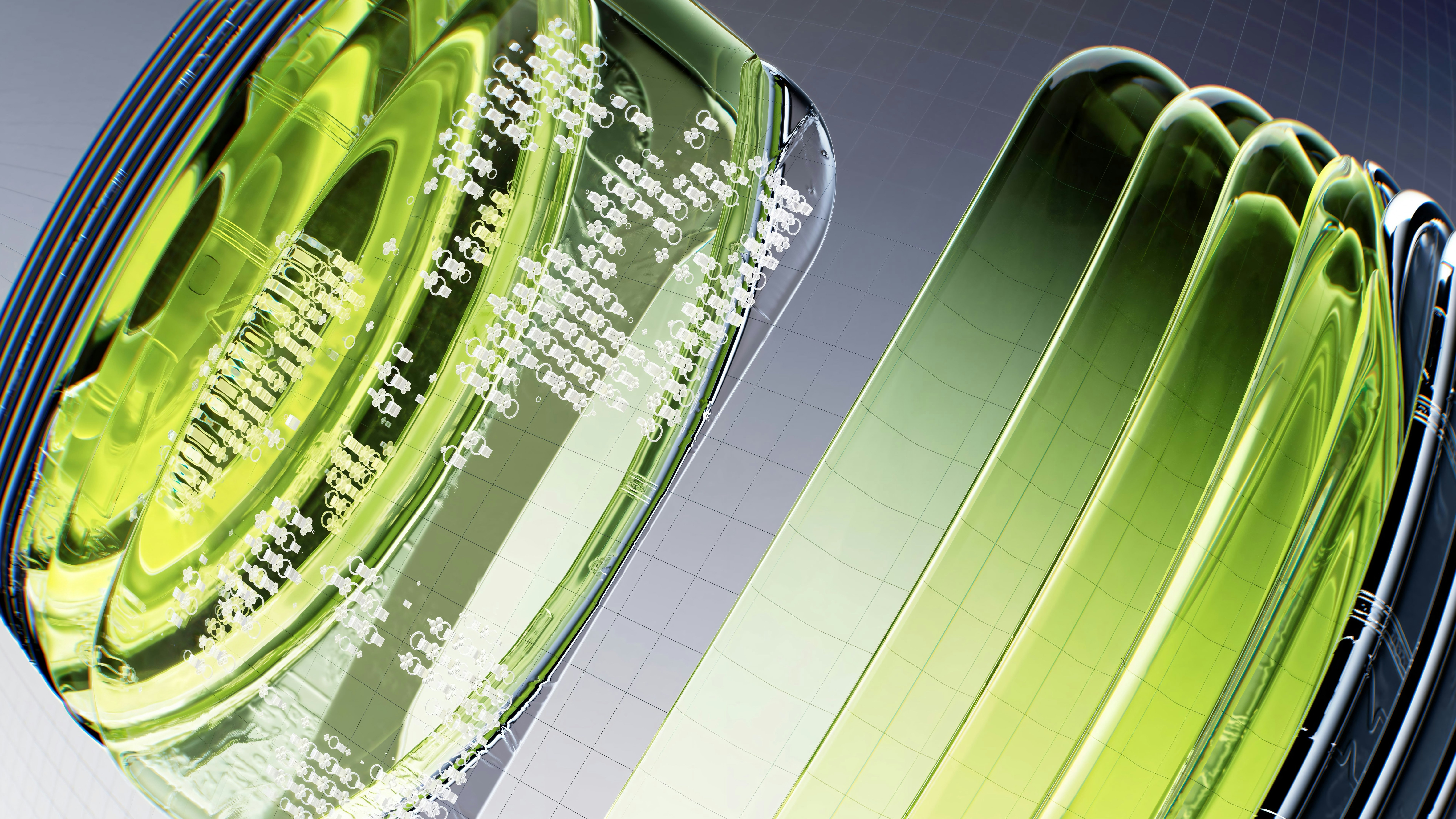General Presentation
Computer vision encompasses all techniques that allow a machine to perceive, interpret, and utilize visual information contained in images, videos, or real-time streams. It constitutes a fundamental pillar of applied artificial intelligence, particularly in contexts where observation, identification, recognition, or visual interpretation are prerequisites for action.
At NeuriaLabs, we harness computer vision technologies to automate complex visual tasks, extract information from raw visual content, assist humans in environments where vigilance, precision, or execution speed are critical, and leverage visual data as a strategic resource.
Areas of intervention for computer vision
Our solutions are based on the latest advances in deep learning, matrix processing, and geometric modeling to cover all functions of algorithmic vision:
1. Object detection and classification
Locating visual elements in an image or video sequence, assigning labels (cars, faces, pathologies, components, anomalies, gestures) with high contextual accuracy. This function is essential for surveillance, automated logistics, medical imaging, or industrial control.
2. Semantic and instance-level segmentation
Fine decomposition of an image into coherent areas: pixels associated with an object or category, precise contours, separation between instances of the same type. This level of analysis allows for a granular understanding of complex scenes.
3. Facial recognition and visual biometrics
Identification or verification of identities based on physiological characteristics, in security contexts, access control, experience personalization, or sensitive services.
4. Analysis of medical and scientific images
Automated reading of MRIs, scans, X-rays, or micro-scanning, detection of anomalies, assisted annotation, aid in diagnosis or therapeutic planning. This field imposes high demands for accuracy, robustness, and clinical validation.
5. Automated industrial visual inspection
Detection of defects, non-conformities, or irregularities on production lines, in real-world environments (dust, light variations, rapid movements), with real-time reporting and integration into quality processes.
6. Motion tracking and detection of visual events
Tracking trajectories, counting people or objects, detecting behaviors or gestures from continuous video streams. This function is utilized in security, traffic analysis, ergonomics, or high-performance sports.
7. OCR (Optical Character Recognition)
Reading text from images (scanned documents, photographs, videos), automatic content structuring, indexing, key data extraction (forms, invoices, license plates, handwritten or semi-structured files).
Technologies used
Our computer vision systems rely on the most robust and high-performing architectures in deep learning, including:
• Convolutional networks (CNN): classical architectures (LeNet, AlexNet, VGG), modern (EfficientNet, ResNet, DenseNet) or specialized (MobileNet, ShuffleNet for edge devices).
• Detection and segmentation networks: YOLO (You Only Look Once), SSD (Single Shot Detector), Faster R-CNN, Mask R-CNN, Detectron2, DeepLab.
• Facial recognition networks: ArcFace, FaceNet, DeepFace.
• Multimodal vision and visual transformers: ViT (Vision Transformer), DETR, SAM (Segment Anything Model).
• Advanced OCR: Tesseract, PaddleOCR, TrOCR, LayoutLM for complex documents (text + structures).
These models are trained or retrained on generic or proprietary databases, optimized for targeted environments (real-time, low latency, adverse conditions), and integrated into industrial, medical, logistical, or decision-making pipelines.
Sectoral use cases
The applications of computer vision are transversal and of high added value:
• Transport and mobility: traffic analysis, detection of risky behaviors, counting flows.
• Industry 4.0: visual inspection, predictive maintenance, automated quality tracking.
• Health: assisted diagnosis, telemedicine, automated imaging triage.
• Retail and distribution: product recognition, footfall measurement, customer gestures.
• Security and defense: facial recognition, intrusion detection, real-time analysis.
• Banking and insurance: processing of supporting documents, recognition of identity documents, KYC compliance.
• Education and training: gaze tracking, gesture interaction, behavioral analysis in educational environments.
NeuriaLabs Approach
Our added value is based on:
• Multi-level expertise (modeling, video processing, edge computing, system integration);
• Ability to design complex and modular vision pipelines, interconnected with other data sources (textual, tabular, sensors);
• Continuous attention to confidentiality, security of visual data, neutrality of models, and GDPR compliance when it comes to images of people;
• Robustness in real-world environments, with guaranteed performance under constraints (visual noise, light variation, multiple scales, processing speed, critical latency).






